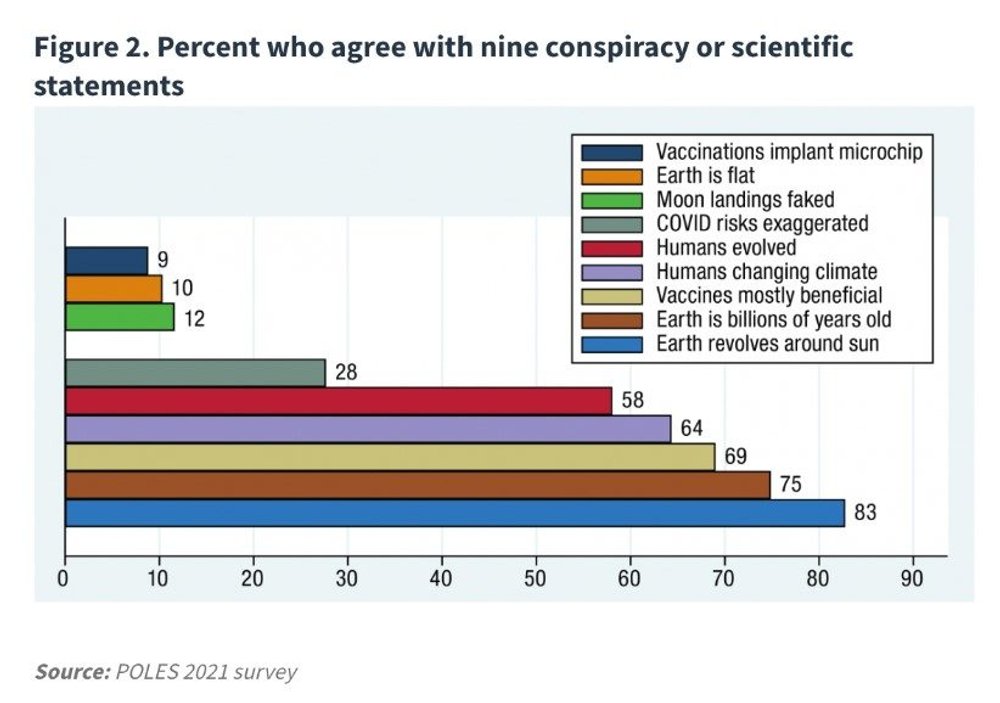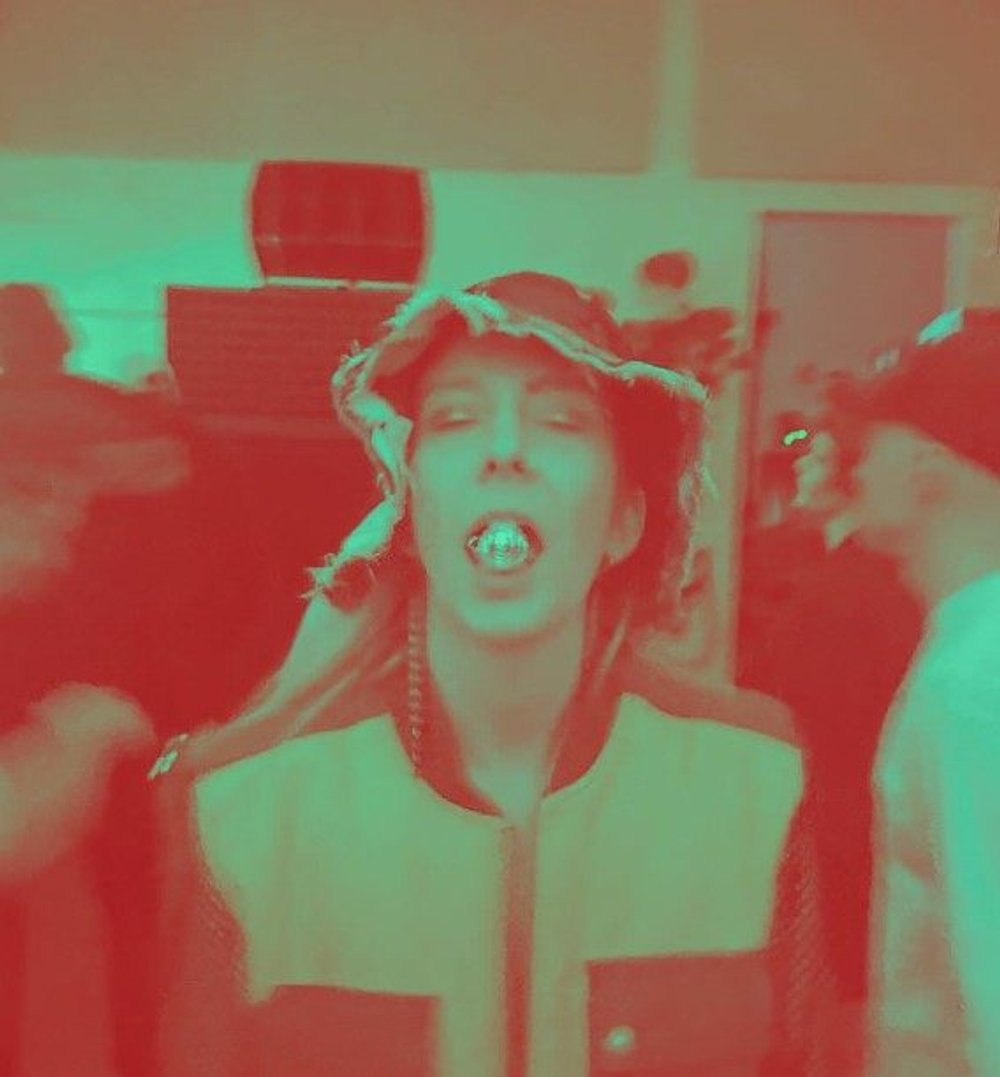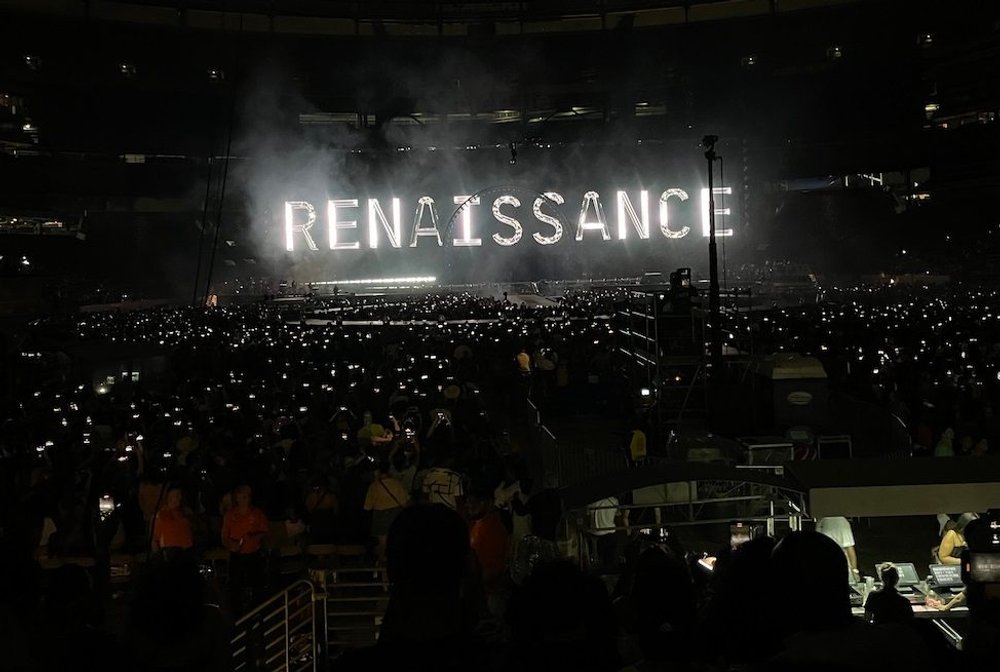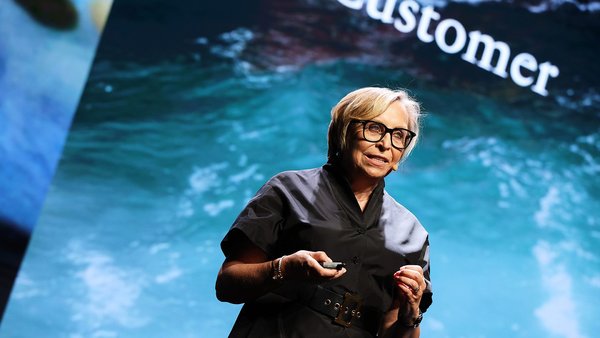Laura Frank’s Strategy Diet /
McCann New York's executive strategy director shares her tips and techniques for better strategy, including her magic-eye theory of strategy, the value of bathroom graffiti and why news can be dangerous
James Swift
/
Photo by Gabor Monori on Unsplash
Have you ever wanted to know what the ad industry’s sharpest strategists like to feed their brains or what resources they swear by when tackling a brief?
We have. So we’re asking.
Laura Frank is the EVP, executive strategy director at McCann New York. Previously, she established a strategy practice for Y&R Peru, and led on the strategy for Dell’s consumer business. She joined McCann in 2015, and has worked on brand including, The New York Lottery, Home Goods and Ulta Beauty.
What media do you consume that makes you better at your job or helps you think about strategy generally?
I hate reading long form. My dyslexia coupled with really poor eyesight makes lines and lines of text super unpleasant. I’ve always been ashamed to admit this because strategy can get so intellectual. But other folks may be in a similar situation, and, in reading this, feel seen.
So, in terms of media, I will read long form but it’s not my preference. I am much more of an information chipmunk squirreling acorns of insight. I’m sure there are better tools but Pocket is my go to for ‘acorn’ collecting.
More specifically:
I’ve always been fascinated by multi-level marketing schemes because there is no shortage of cautionary tales, yet the siren call remains intoxicating. Twice in my life, my mother got roped into one of these hustles. Once selling ‘fat free donuts’ (not legit) and another time selling Japanese magnets that claimed to promote blood flow and enhance overall health (slightly more legit).
Don’t get me wrong, some people do make it out with fists full of cash, but those folks are on the top. It’s all about pyramid position. The fact that average people take a leap of faith without asking questions reflects how disconnected The American Dream is from American reality. Also, how easy it is to prey on people’s belief in the myth we’ve constructed. It’s a reminder to strategists that we have a responsibility to do right by our audience (versus take advantage of their goodness).
Related to above, I admit that any kind of conspiracy theory has me at hello. Flat earthers. UFOs. The whole ‘reptile people’ thing. And specifically, this phenomenon of ‘conspirituality’ — aka, the ‘granola to guns’ pipeline — because of the paradox it presents. At first it makes no sense. Then you realise, it's a totally reasonable sequence of beliefs for people disillusioned by large institutions.
Fringe-like belief systems fascinate me because of the nuggets of truth that underpin them and how people get locked in. They also remind me that New York is a dangerous bubble to try and relate to the rest of the world from.
I mean, approximately 10% of this country [the US] believes the earth is flat. No judgement.

Less controversial reading:
Bathroom graffiti. The strategist in me marvels at how people are at once terrified by but also long for vulnerability. Semi-related: there is this comedian in Brooklyn named Caitlin Cook who writes song lyrics stringing together messages scrawled on bathroom stalls. One day I hope to write a strategy the same way.
I also devour other people’s IG and TikTok feeds over their shoulders on the subway. We are what we pay attention to. And peoples' feeds spill all the secrets.
Also, ‘statement t-shirts’ and tattoos. Personal artifacts are my strategy jam.

(Photo by: Coco Videla)
Finally, I am obsessed with The Business of Fashion (BoF) and my own TikTok feed - both of which steal loads of sleep from me (TikTok in the PM, and BoF in the AM).
Are there any resources that you typically turn to first when working on a brief?
The honest truth — my resources are real people in the real world. The most potent form of insights always come from people. Full stop.
I used to be the global head of eXploring at Y&R, which is essentially the practice of freeform ethnography. You go to a place and you drop in. The methodology was invented by Sandy Thompson (Y&R’s former global CSO). I’m currently reimagining the approach through a little project called ‘Girls Trip Research™’, so watch this space.
Who is someone that you follow/read/watch for their opinions and ideas?
I love Adam Grant’s Instagram posts, but I’m sure everyone else does, too. I also enjoy Yung Pueblo. And Yumi Sakugawa, who writes a lot about the creative process through illustration.
Nicole Phelps, who is the global director of Vogue Runway. She’s a fashion journalist who I’ve been following since the early 2000s. She is so elegant and explains sartorial ideas in ways that shed light on so much more than just clothing. Nicole, shout!!
A more modern version of Nicole is Mandy Lee aka Old Loser in Brooklyn, who breaks down the trend cycles in a modern, matter-of-fact way.
Closer to home, I love Ana Andjelic for her brilliant mind and charts in The Sociology of Business. With all due respect, I feel she skews a little high brow and can make strategy feel inaccessible. That said, I would love to have a drink with her. Call me, Ana!
Oh and then there’s this K-hole of a creator called Aiden Arata who says things the way I feel them. Girl, let’s party.

Is there anyone or any resource that you think strategists rely on too much that is counterproductive or unhelpful?
The New York Times. Personally, I love it. But it’s just not reflective of how the majority of a core audience likely thinks or feels. Expanding on that point, I think ‘the news’ in general is SUPER dangerous for strategists.
Also, books about strategy. Strategy isn’t this static thing. It’s a practice like any other. If you learn the basics on how to think then please explore your own style. It’s much less restrictive and far more interesting.
What do you think is the most underused resource for better strategy?
Conversation. It often seems like there’s a desire to play one’s practice close to the chest. Strategy should be a group (or team) exercise. Not a tah-dah moment.
Is there anywhere you go when you’re struggling with a brief or a place that seems to help you work or think?
I have a magic-eye theory about strategy. When you get too close you lose sight of the bigger picture and it becomes ‘a big old mess.’ I believe the secret to unlocking a brief is unfocusing your mind and allowing the pattern (or, schooner) to reveal itself.
PS. That’s two 90’s movie references in two sentences ;-) .
When I am stuck, I put the problem down and walk or run away, and I’ll listen to music that engages my whole brain so I can unfocus on the problem and see the solution more clearly. Think: old school atmospheric drum and bass mixes from LTJ Bukem + MC Conrad. Lately, more liquid mixes by Calibre. Also, anything from my stunning friend kels who has my ear and would be happy to have yours, too. Maneater Dance.

Or, I go to bed. I am a morning person. I have a coffee, watch the sun rise and let the mental flood gates open. Know your power hour, my friends.
Office etiquette: music or no music?
If you want to listen to music on good speakers, I have friends throwing parties in Brooklyn. Otherwise, that’s a nope. We’re in a shared space, y’all.
And this is coming from a woman who believes her life deserves a literal soundtrack.
What’s the best free resource for a strategist?
This is a very indirect answer but Archive.Today for firewall jumping. I hope I didn’t just ruin this for everyone. Also, the Sean’s Cultural Moments Encyclopedia. And, the bounty of reports shoved into Trends 2024_CAIG.
I also encourage everyone to trust their gut — another free resource — instead of always thinking the answer is somewhere outside of you.
What sort of media/resources would you recommend to someone just starting their career as a strategist?
Controversial opinion: books about our industry are the least useful especially given how dynamic the gig is. Starting out, I recommend good ol’ Google Alerts to stay on top of interests and industries. Also, newsletters on things that light you up. Really, the more the merrier as this is a game of pattern recognition.
Understanding your clients’ businesses is undoubtedly important but annual reports can feel intimidating out of the gate. So, just dump them into ChatGPT and ask it to summarize the most important points as if you’re a 12 year-old.

What’s something that happened in pop culture that showed a better understanding of people than advertising?
Beyonce, full stop. Specifically, Renaissance. As a doe-eyed kid who moved to New York at 18 specifically to be a part of the dance music scene, the way she approached that album was a lesson for any brand that wants to play in culture.
There is a very fine line between co-opting and co-creating. The difference is the energy you put into understanding the roots of a culture, its heritage, the people who birthed it and why it came to be to begin with. You do deep research.
Furthermore, house music isn’t a genre, it’s a community. To participate in house music is to respect and honor, uplift AND PAY its people for what they have contributed through their sweat and struggles.
And that is exactly what she did.
‘And as I told you before this is our House and our House Music, you may be black, you may be white, you may be jew or gentile, it doesn't make a difference in our house and this is fresh.’ Rhythm Controll, My House (1987)
Want more of the same? /
We don’t just write about best-in-class campaigns, interviews and trends. Our Members also receive access to briefings, online training, webinars, live events and much more.







